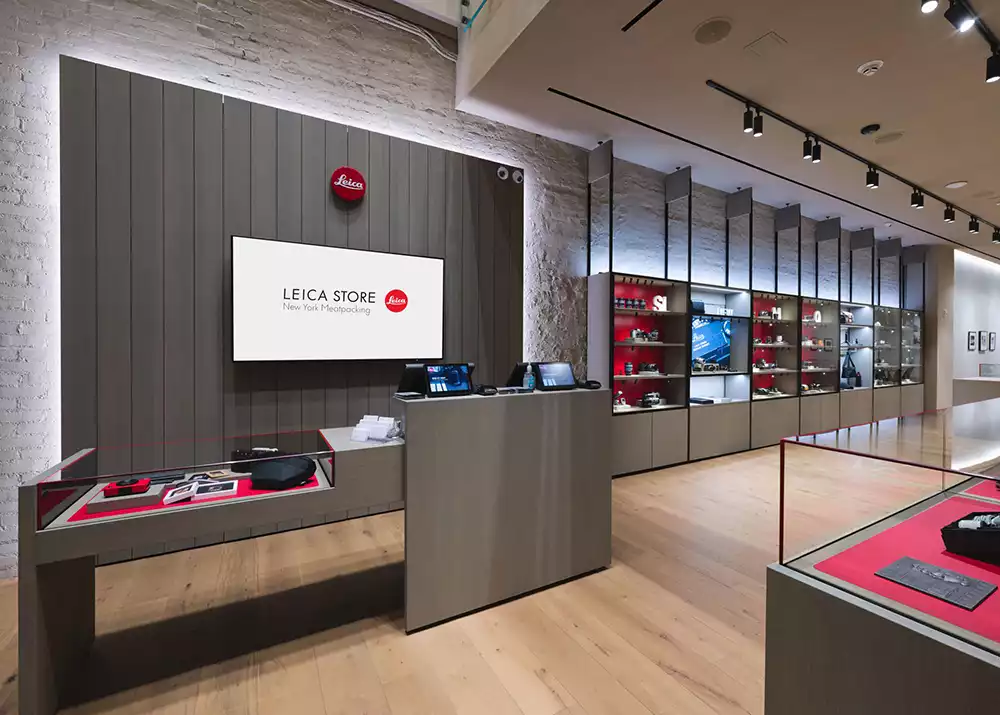 If you own a business with tangible products to sell, you have already entered into the exciting and lucrative world of e-commerce. Today, achieving success requires many different elements working seamlessly together. When you own an e-commerce website, loyal and potential customers will be able to reach your products at any given time. If your website isn’t set up properly without a solid ordering process, you may not achieve the success you are looking for. Below are some important factors e-commerce website owners should take into consideration to stay profitable.
If you own a business with tangible products to sell, you have already entered into the exciting and lucrative world of e-commerce. Today, achieving success requires many different elements working seamlessly together. When you own an e-commerce website, loyal and potential customers will be able to reach your products at any given time. If your website isn’t set up properly without a solid ordering process, you may not achieve the success you are looking for. Below are some important factors e-commerce website owners should take into consideration to stay profitable.
1. Fast Shipping Strategy
For online retailers with e-commerce sites, poor shipping experiences can prove costly and push away loyal customers. Fast and efficient shipping times need to be at the top of your e-commerce business’ priority list to stay competitive. To stay up with the competition, many online retailers use fulfillment centers to get their products to their customers. Understanding what is a fulfillment center and why they’re important for e-commerce should be the first step when launching your online shop. Fulfillment providers are third-party logistics companies that fill customer orders for their e-commerce clients.
2. Detailed Product Information
Visitors to your e-commerce website should be able to find detailed and concise information about the products they are interested in purchasing. Sometimes, consumers will not buy products that lack the necessary details they are looking for or they find the information confusing. To ensure you have all the necessary product information listed, put yourself in the shoes of the consumer and imagine you know nothing about the product you are looking at. The most important features should be listed first along with pictures that are clear and big enough to detail them.
3. Easy-to-Use On-Site Search Feature
Nothing can be more frustrating to your shoppers then searching through your site only to receive dozens of results that do not match what you were searching for. Improve the online shopping experience by installing a reliable and competent search engine software on your e-commerce site. This will allow customers to filter their searches when looking through your inventory of products.
4. Streamlined Checkout Process
When customers shop at brick-and-mortar stores, they find a product, wait in line at the register, pay and then leave. This is a simple process that keeps customers happy and should be easy to implement on your e-commerce site. Customers do not want to have to go through multiple pages when trying to get through the checkout process. Allow your shoppers to enter their personal information, mailing and billing address, shipping options and credit card numbers on a single page. Allow them to confirm their order and all of their information on the next page before they check out.
5. User-Friendly Site Experience
Every area of your e-commerce website needs to be easy to navigate. Offering a rewarding user experience will keep the visitors on your site and have them coming back again. Links to product categories, specific products, the shopping cart, home page button, and search engine feature should be easy to locate on your site.
6. Shopping Cart Features
The design of your e-commerce shopping cart is critical for selling your products. The layout of the shopping cart should be simple and include all elements your customers will need to check out seamlessly such as shipping options, payment options, entering promo codes and the ability to easily add more products to the cart before checking out. Be sure your site offers multiple options of paying so you do not lose customers who have specific payment preferences.


